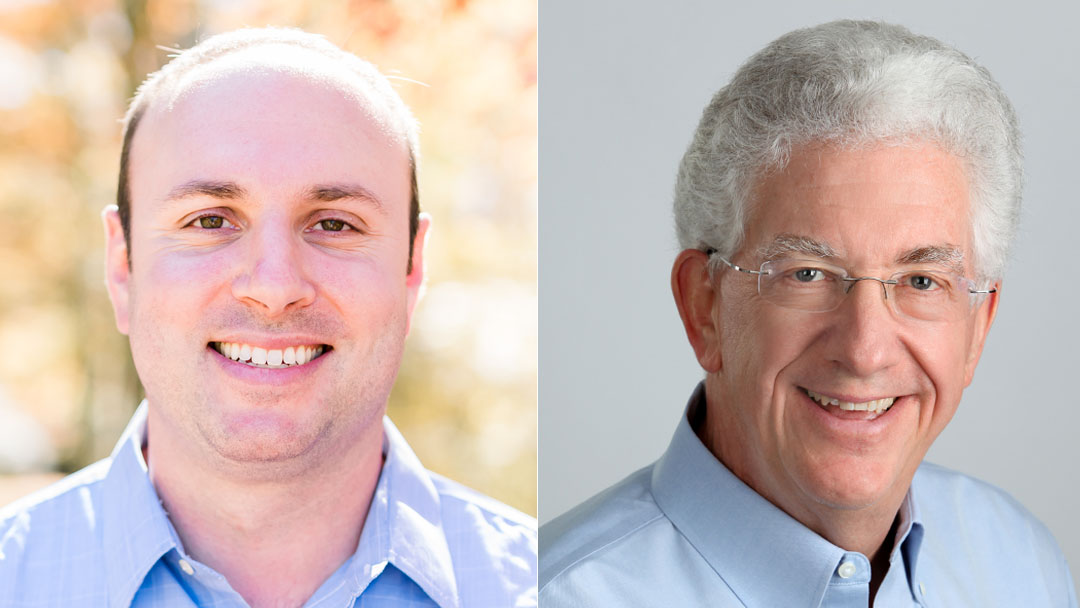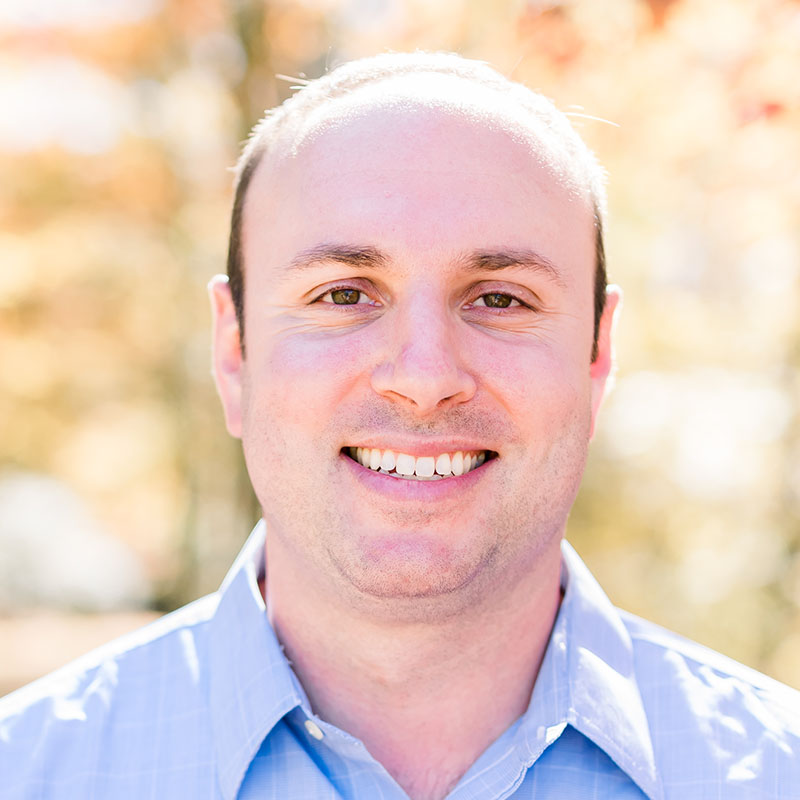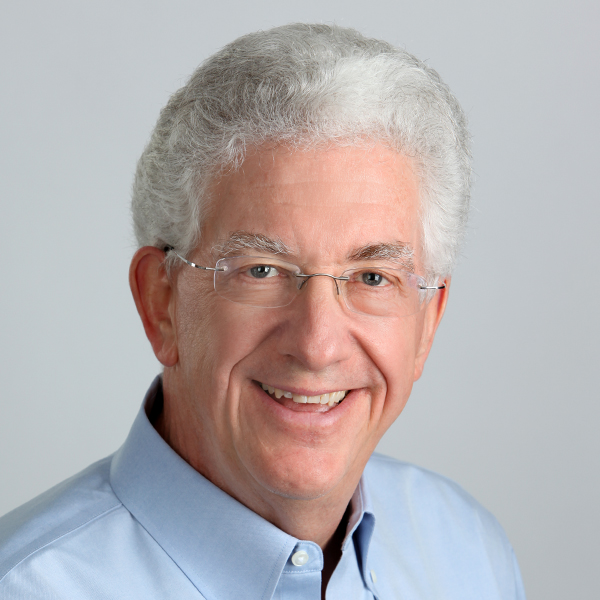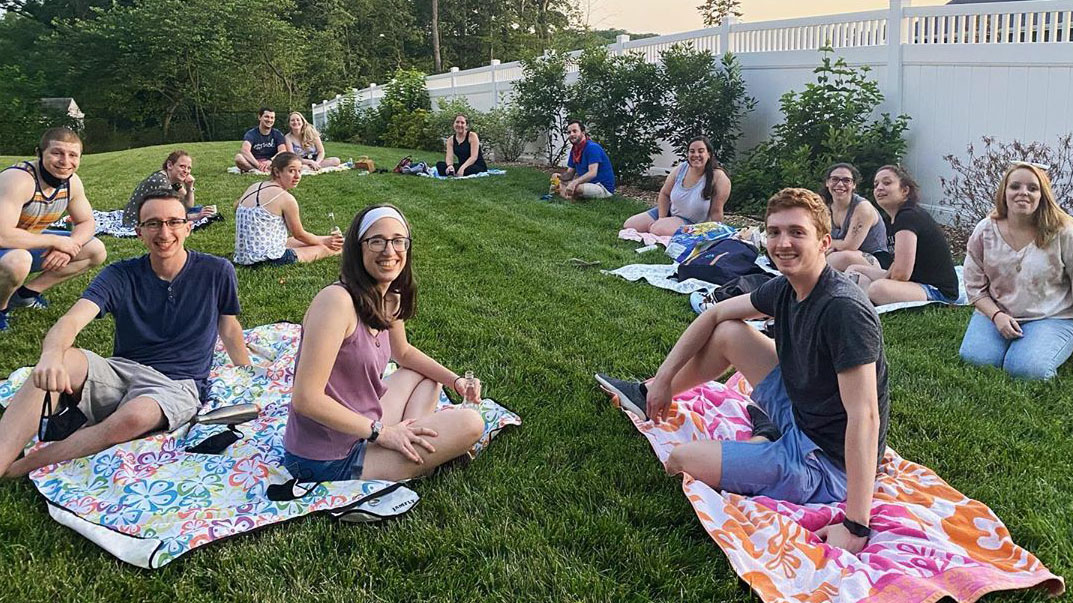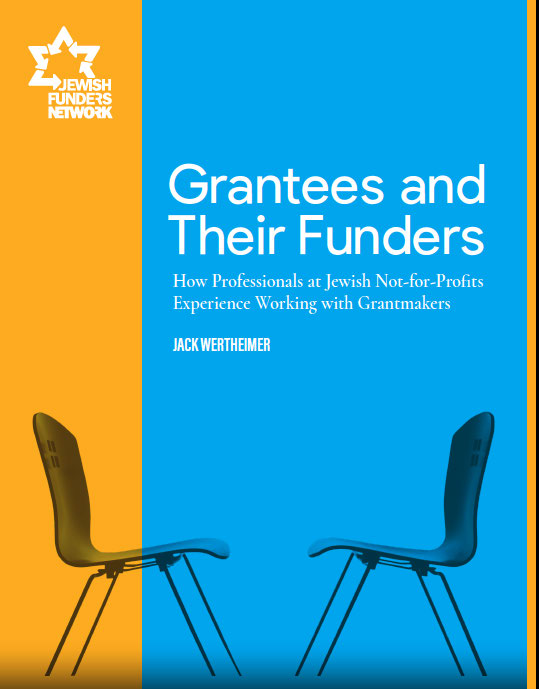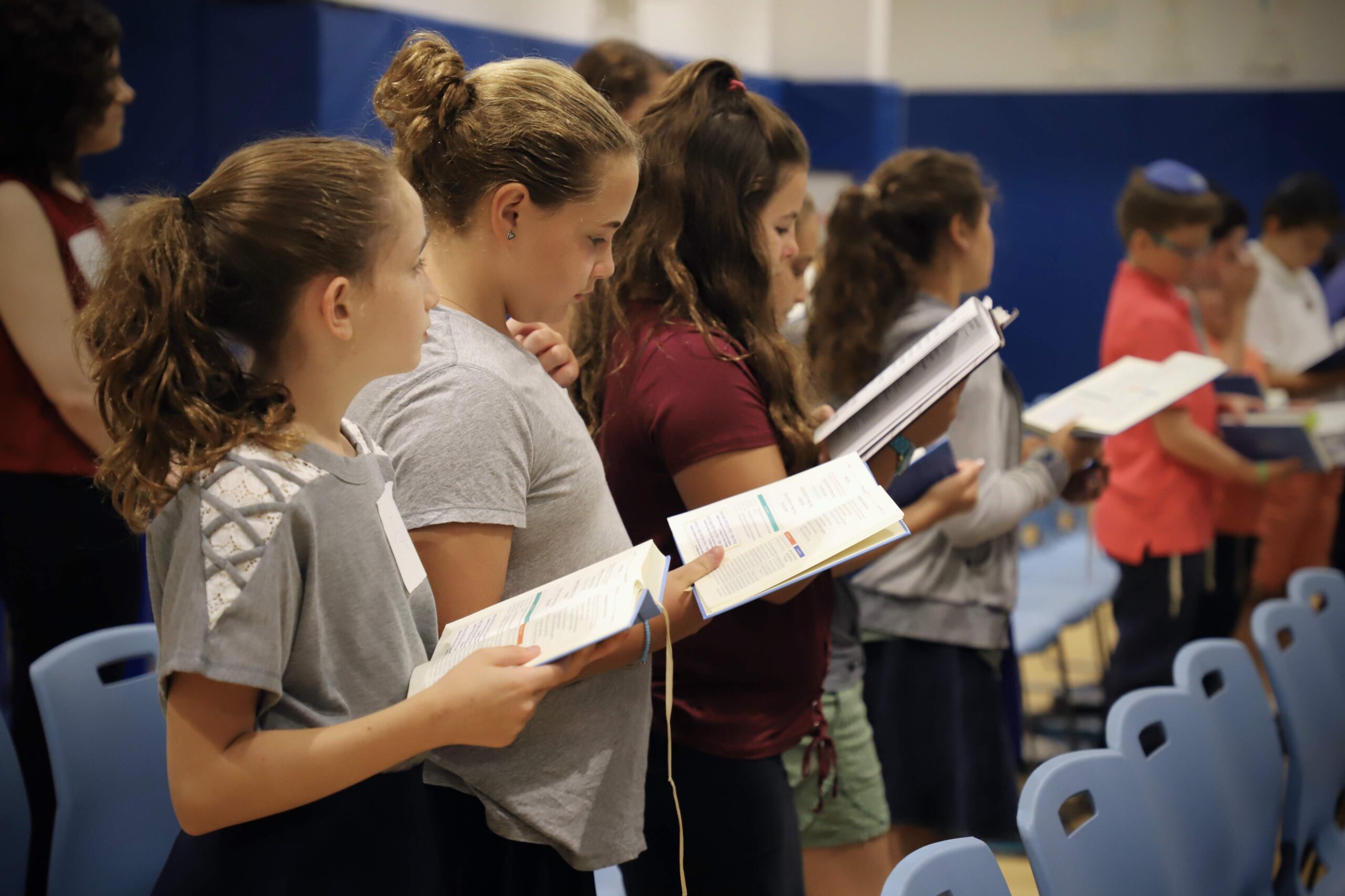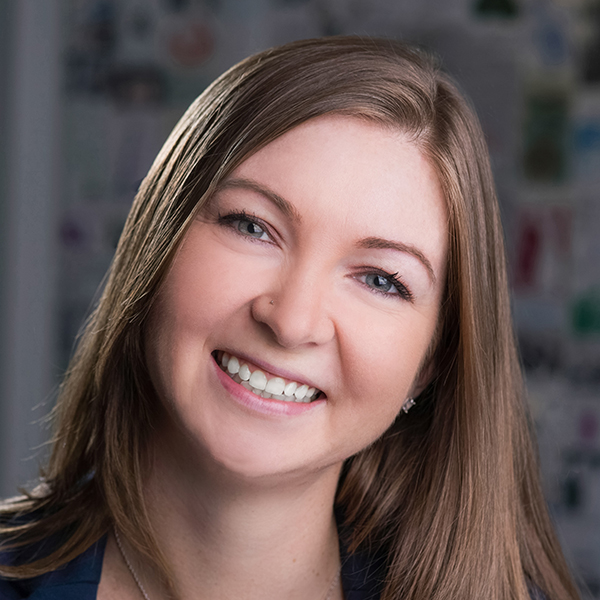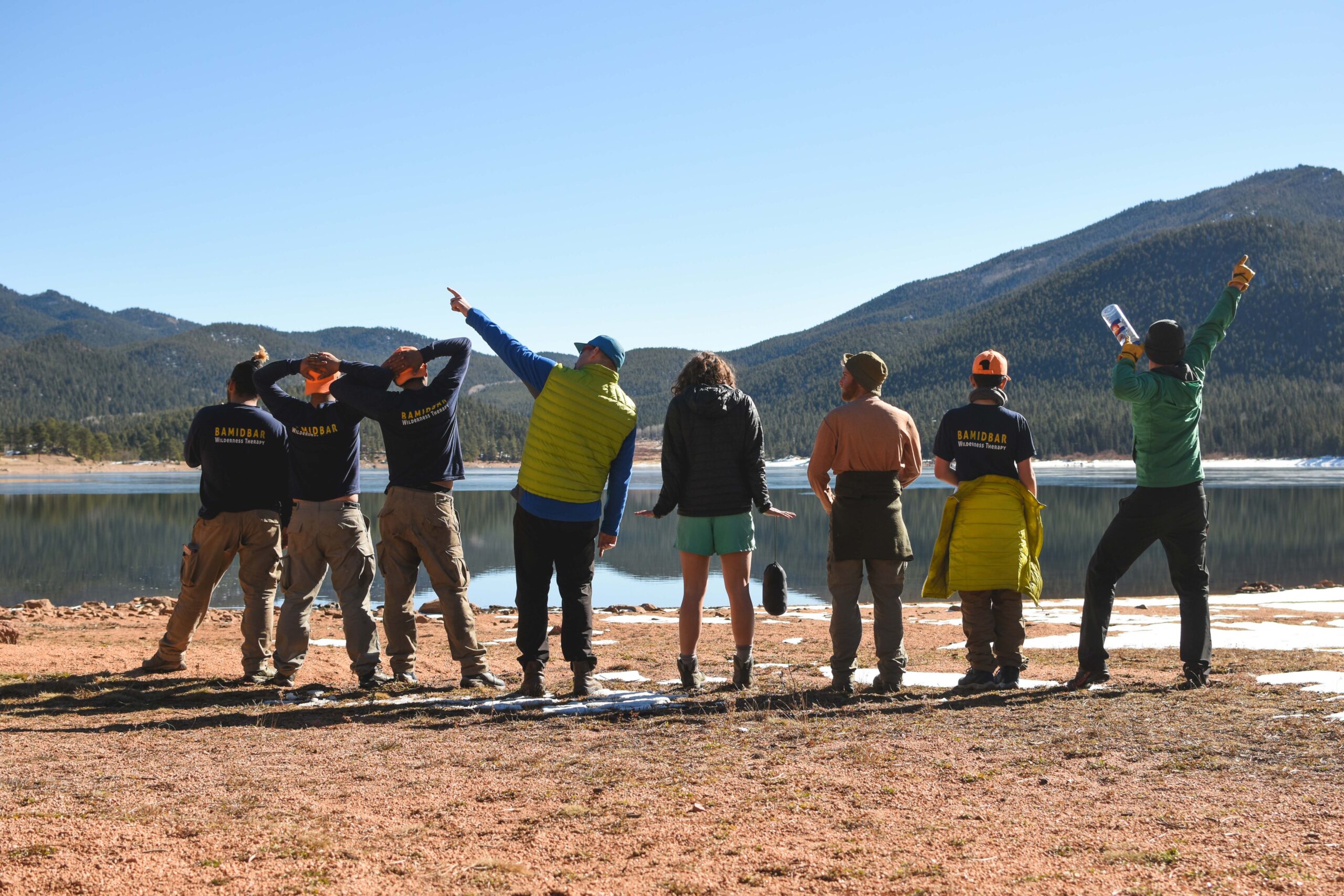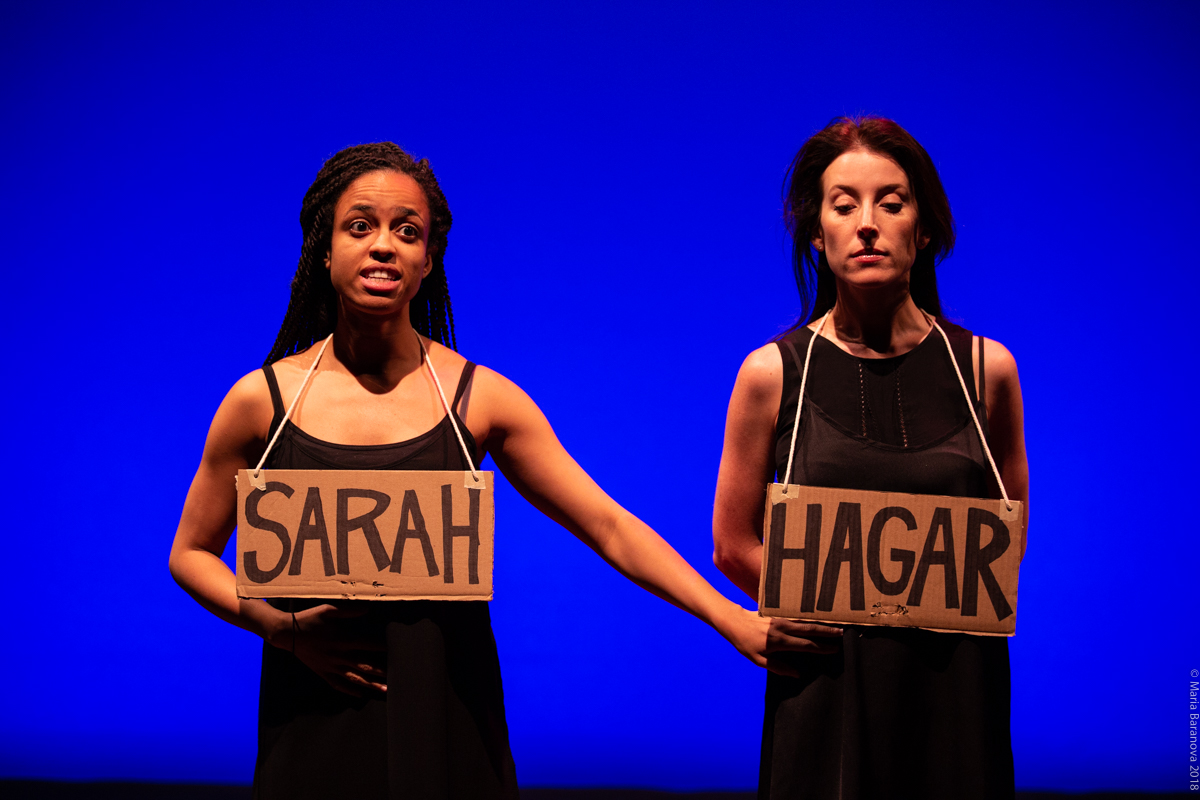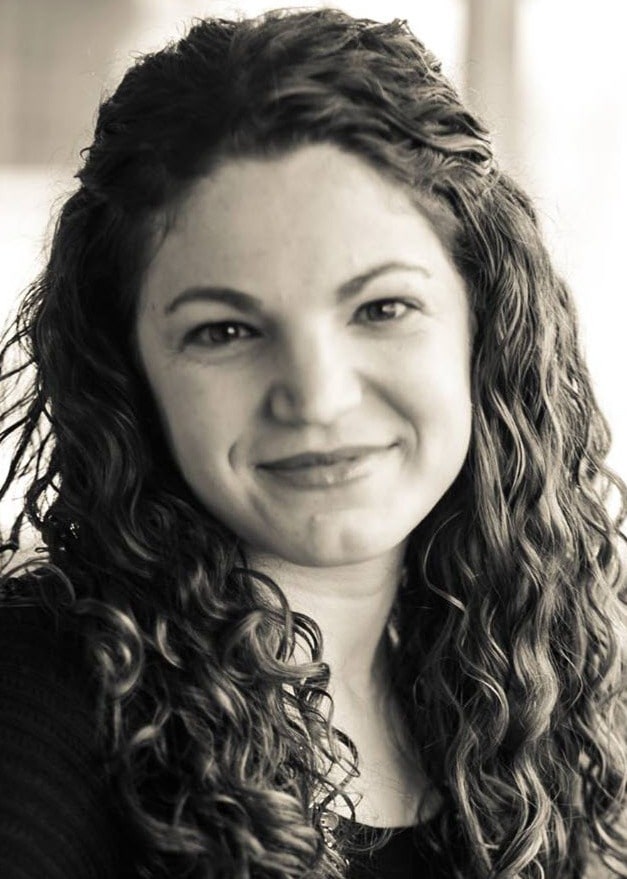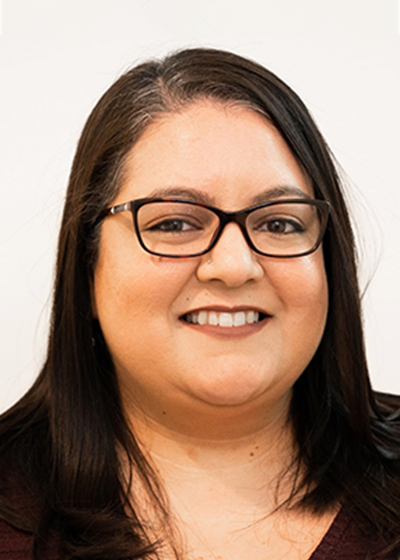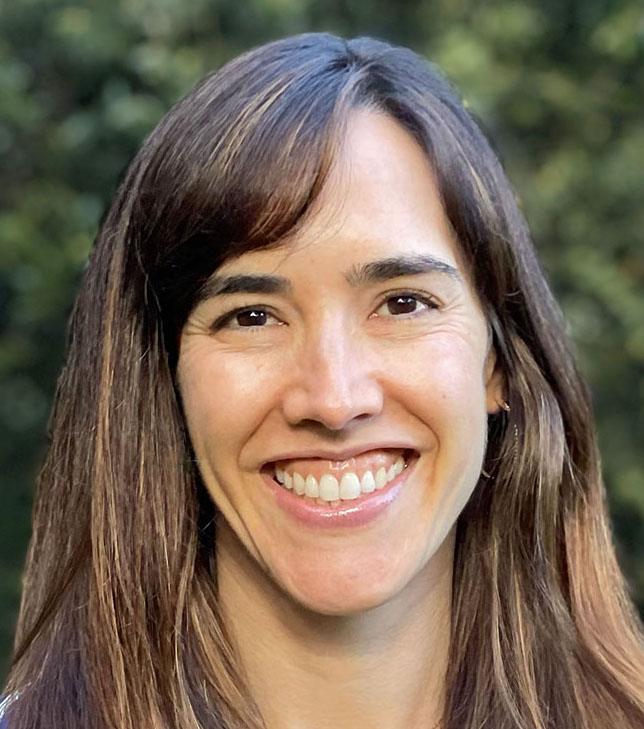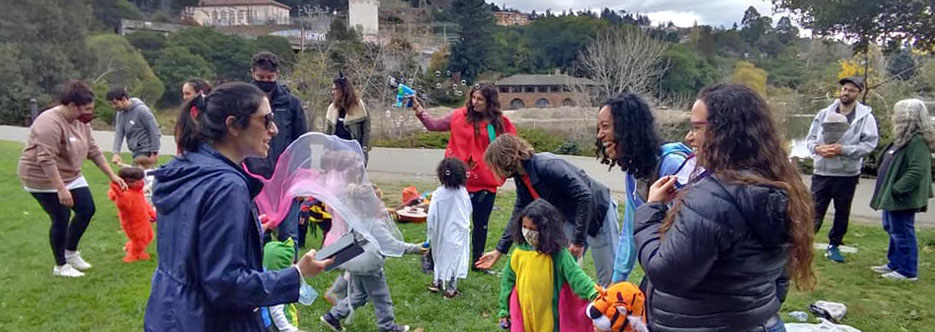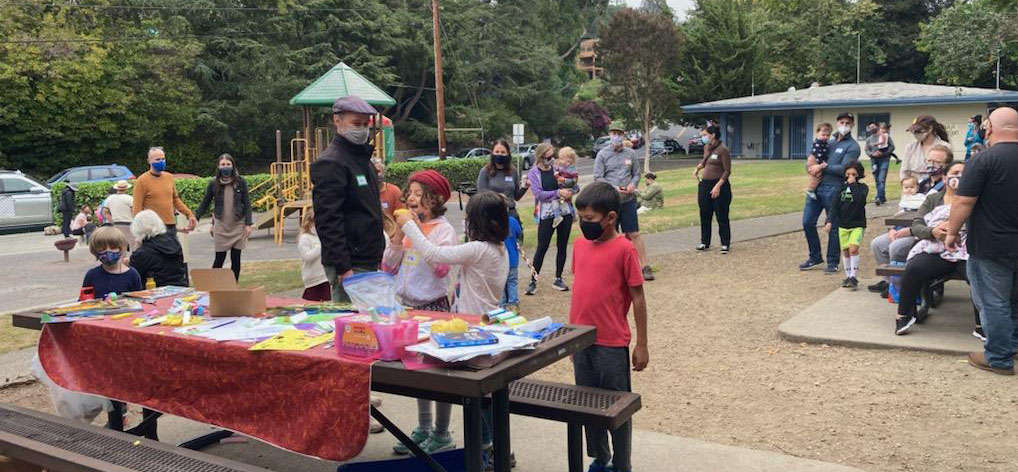Sustaining Impact
One of the very first asks made of the Jewish people was to donate the materials necessary to construct the mishkan, the tabernacle, that was to house God’s presence in the wilderness. The people were so eager and generous to contribute that the donations outstripped the need, spurring Moses to say “their efforts had been more than enough” (Exodus 36:7). But, was it sustainable?

It’s of crucial importance for grantmakers and grantseekers to focus on financial sustainability. What would it require on the part of grantmakers to ensure that organizations have what they need to allow them to take the necessary risks that are part of healthy growth? What would it require on the part of organizations seeking grants to ensure that their financial and human resource model is sustainable?
Giving didn’t end with that initial call for resources to build the mishkan in the wilderness. Rather, the Torah and the rabbis instituted many systems of giving and receiving rooted in tithing and tzedakah. These giving practices aimed to create a society that operated sustainably, a society in which the community was responsible for giving toward the upkeep of communal and religious structures and leaders were responsible for taking care of those in need. Judaism teaches us that the work of creating financially sustainable societies is holy work, and you can explore more in this self-guided session, “The Holy Work of a Balanced Budget.”
This section addresses some of the tools identified by grantmakers and grantseekers to create long-term impact. Resources in this section include a template set to Integrate Capacity Building and Strategy; a case study that shows how one grantmaker and grantseeker achieved success with a multiyear funding model; an article about how philanthropists can get smart about risk management; and several other materials.

